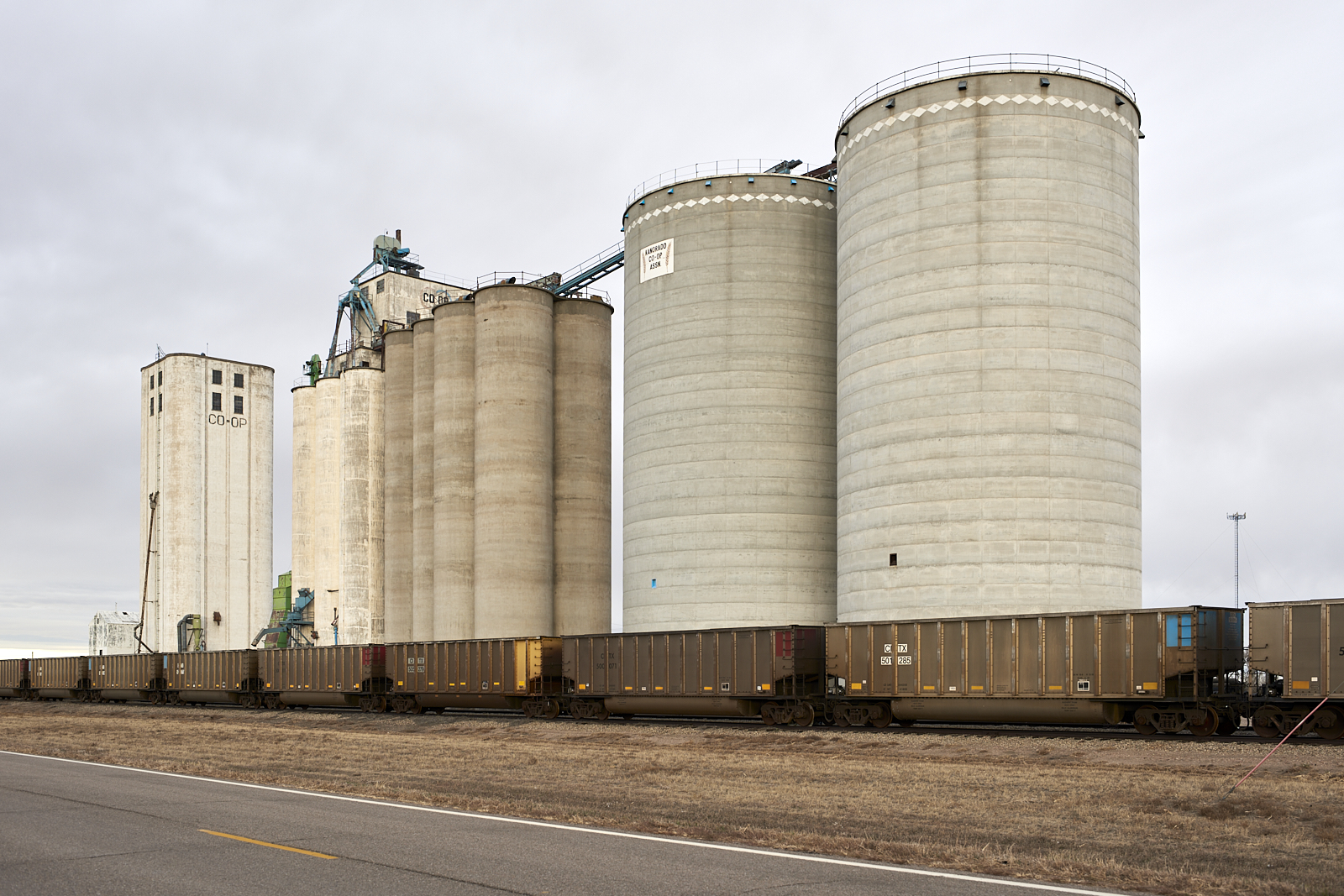For years I couldn’t imagine walking into an office building or a bank or department store or any other public space and not seeing an ashtray. Not because I noticed them, but because they were ubiquitous. Standing ashtrays just inside the entry doors, ashtrays on counters next to the bank teller, ashtrays attached to the wall between sinks in the bathroom. Fancy ashtrays always adorned the executive’s desk, often a tendril of smoke wafting up from the half-finished cigarette lingering in one of the depressions along the edge. Today ashtrays have been reduced to decor in pseudo-nostalgic TV shows such as “Mad Men” that receive accolades for their retro-aesthetic.
As somebody who has never smoked, I don’t miss the days when the haze of smoke clouded offices and every restaurant reeked of burning tobacco. But I do miss the design and aesthetic of ashtrays (I find the aesthetics of vaping uninteresting). And I wonder what other furniture of our lives is disappearing as it is replaced by a new aesthetic.

Wandering across a couple states recently, I paused to admire grain elevators, so many of them interestingly different in small ways — a handful of tall, thin silos conjoined rising up from the plain, faded and flaking whitewash on the outside, “Co-Op” often painted near the top along with the community’s name, an array of elevators and conveyor belts and other mechanics attached to the outsides, train tracks running alongside some. Increasingly the grain elevator that seems so iconic are being replaced by squat, corrugated metal silos. These new grain elevators are, no doubt, more efficient or cost effective or something. But they lack something. Their homogeneity arising from their mass and therefore uniform production, their dull gray corrugated exteriors, their squat, uninteresting shapes all augur for an aesthetically boring future.

I am not the first to pause on grain elevators. The pioneering work of Bernd and Hilla Becher is outstanding here. They became fascinated with what they called “nomadic architecture,” buildings that might last a century before disappearing. Their photographs of, inter alia, grain elevators, blast furnaces, and water towers reminds us to pause and appreciate the design of even the most mundane and utilitarian buildings and objects before they disappear.
